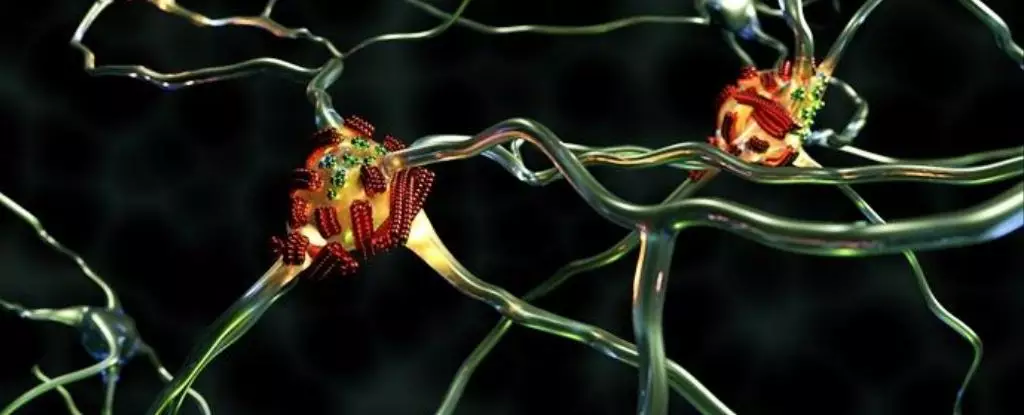Alzheimer’s disease continues to be one of the most confounding conditions in modern medicine, with researchers striving to uncover its underlying mechanisms. A recent study has introduced the concept of ‘superspreader’ proteins—specific variants of amyloid beta that may offer critical insights into how these proteins proliferate within the brains of those afflicted with the disease. Understanding this phenomenon could potentially lead to new directions in treatment and management of Alzheimer’s.
For years, scientists have grappled with the complexities surrounding Alzheimer’s. The structural disruptions caused by amyloid beta proteins, characterized by tangles and plaques, have raised questions about whether these proteins are the root cause of neurological damage or merely a byproduct of the disease’s progression. The ambiguity surrounding the relationship between these aggregates and neuron impairment has made it difficult to formulate effective therapies. Traditional laboratory methods have frequently compromised the natural properties of these proteins, hindering accurate observation and analysis.
This difficulty is compounded by the debate over the actual mechanism of damage. While amyloid beta is often discussed in the context of neuronal deterioration, recent studies suggest the aggregates themselves do not necessarily destroy brain cells. Instead, it may be the diverse molecules that intermingle with amyloid beta, and which become entangled in their fibers, that contribute to cellular dysfunction. This paradox highlights the urgent need for advanced imaging techniques to achieve a more nuanced understanding of the amyloid beta dynamics at play.
The groundbreaking study from a team led by molecular physicist Peter Nirmalraj and colleagues from the University of Limerick utilized state-of-the-art imaging technology to probe the behaviors of amyloid beta proteins in conditions that closely mimic those of the human brain. By conducting prolonged observations—extending over 250 hours—under an atomic force microscope, they were able to detect fascinating behavior that had previously gone unnoticed.
Their findings suggest that certain amyloid beta isoforms, particularly amyloid beta 42, display higher reactivity due to their unique structural configurations, allowing them to attract and join additional amyloid beta molecules at an accelerated rate. This behavior positions them as ‘superspreaders,’ making them significant players in the formation of the tangled clumps associated with Alzheimer’s pathology.
The identification of these superspreaders opens new avenues for research, particularly concerning how amyloid beta 42 might differ chemically from its other variants. By further delineating the characteristics of these proteins, researchers hope to better understand the processes driving their accumulation and the resultant effects on neuronal health.
While previous studies have established a correlation between the severity of amyloid deposition in the brain and cognitive decline, the current work lays groundwork for deeper inquiry into the specific molecular machinations at play. As individuals with Alzheimer’s report symptoms like memory lapses and emotional turmoil, it becomes crucial to unravel these complex interrelations among proteins, molecules, and the mechanisms driving neurodegeneration.
Despite the focus on amyloid beta in the context of Alzheimer’s, the dialogue surrounding the disease is evolving. Emerging hypotheses, including the idea of Alzheimer’s as an autoimmune disorder, prompt questions that could reshape our understanding of its pathology. Such theories encourage the scientific community to investigate diverse biological factors that may contribute to or exacerbate the disease beyond amyloid beta aggregation.
The journey to conquer Alzheimer’s is fraught with challenges, yet the discovery of superspreader proteins potentially marks a significant leap forward in medical science. As researchers continue to probe the intricacies of these proteins, they may pave the way toward novel treatment strategies that could alter the trajectory of this devastating condition, offering both hope and a deeper understanding of neurodegenerative diseases. Through continued dedication and innovative research, it is possible to illuminate the dark corners of Alzheimer’s pathology and, ultimately, improve the lives of those affected.


Leave a Reply